Candidatus Phytoplasma solani' interferes with the distribution
Von einem Mystery-Man-Autor
Last updated 17 Juni 2024
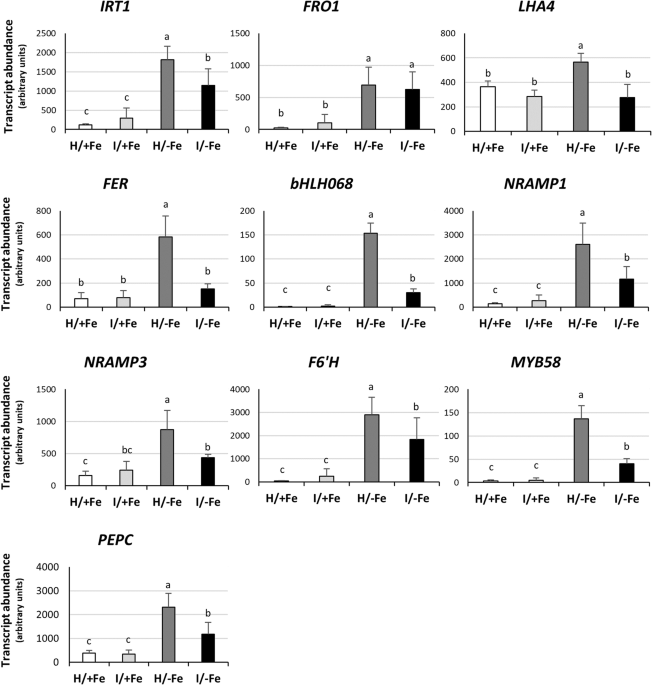
Background ‘Candidatus Phytoplasma solani’ is endemic in Europe and infects a wide range of weeds and cultivated plants. Phytoplasmas are prokaryotic plant pathogens that colonize the sieve elements of their host plant, causing severe alterations in phloem function and impairment of assimilate translocation. Typical symptoms of infected plants include yellowing of leaves or shoots, leaf curling, and general stunting, but the molecular mechanisms underlying most of the reported changes remain largely enigmatic. To infer a possible involvement of Fe in the host-phytoplasma interaction, we investigated the effects of ‘Candidatus Phytoplasma solani’ infection on tomato plants (Solanum lycopersicum cv. Micro-Tom) grown under different Fe regimes. Results Both phytoplasma infection and Fe starvation led to the development of chlorotic leaves and altered thylakoid organization. In infected plants, Fe accumulated in phloem tissue, altering the local distribution of Fe. In infected plants, Fe starvation had additive effects on chlorophyll content and leaf chlorosis, suggesting that the two conditions affected the phenotypic readout via separate routes. To gain insights into the transcriptional response to phytoplasma infection, or Fe deficiency, transcriptome profiling was performed on midrib-enriched leaves. RNA-seq analysis revealed that both stress conditions altered the expression of a large (> 800) subset of common genes involved in photosynthetic light reactions, porphyrin / chlorophyll metabolism, and in flowering control. In Fe-deficient plants, phytoplasma infection perturbed the Fe deficiency response in roots, possibly by interference with the synthesis or transport of a promotive signal transmitted from the leaves to the roots. Conclusions ‘Candidatus Phytoplasma solani’ infection changes the Fe distribution in tomato leaves, affects the photosynthetic machinery and perturbs the orchestration of root-mediated transport processes by compromising shoot-to-root communication.

Detection of 'Candidatus Phytoplasma solani' in roots from Bois noir symptomatic and recovered grapevines

The genome of 'Candidatus Phytoplasma solani' strain SA-1 is highly dynamic and prone to adopting foreign sequences - ScienceDirect

Candidatus Phytoplasma solani' interferes with the distribution and uptake of iron in tomato, BMC Genomics
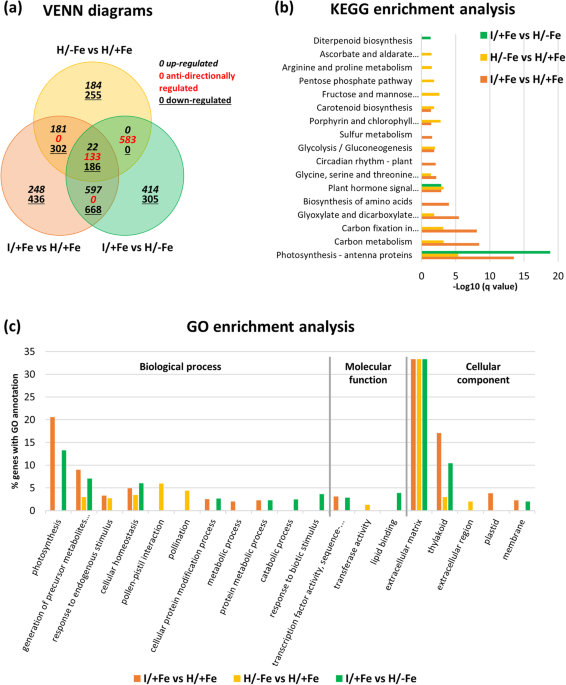
Candidatus Phytoplasma solani' interferes with the distribution and uptake of iron in tomato, BMC Genomics

IJPB, Free Full-Text

(PDF) 'Candidatus Phytoplasma solani' interferes with the distribution and uptake of iron in tomato
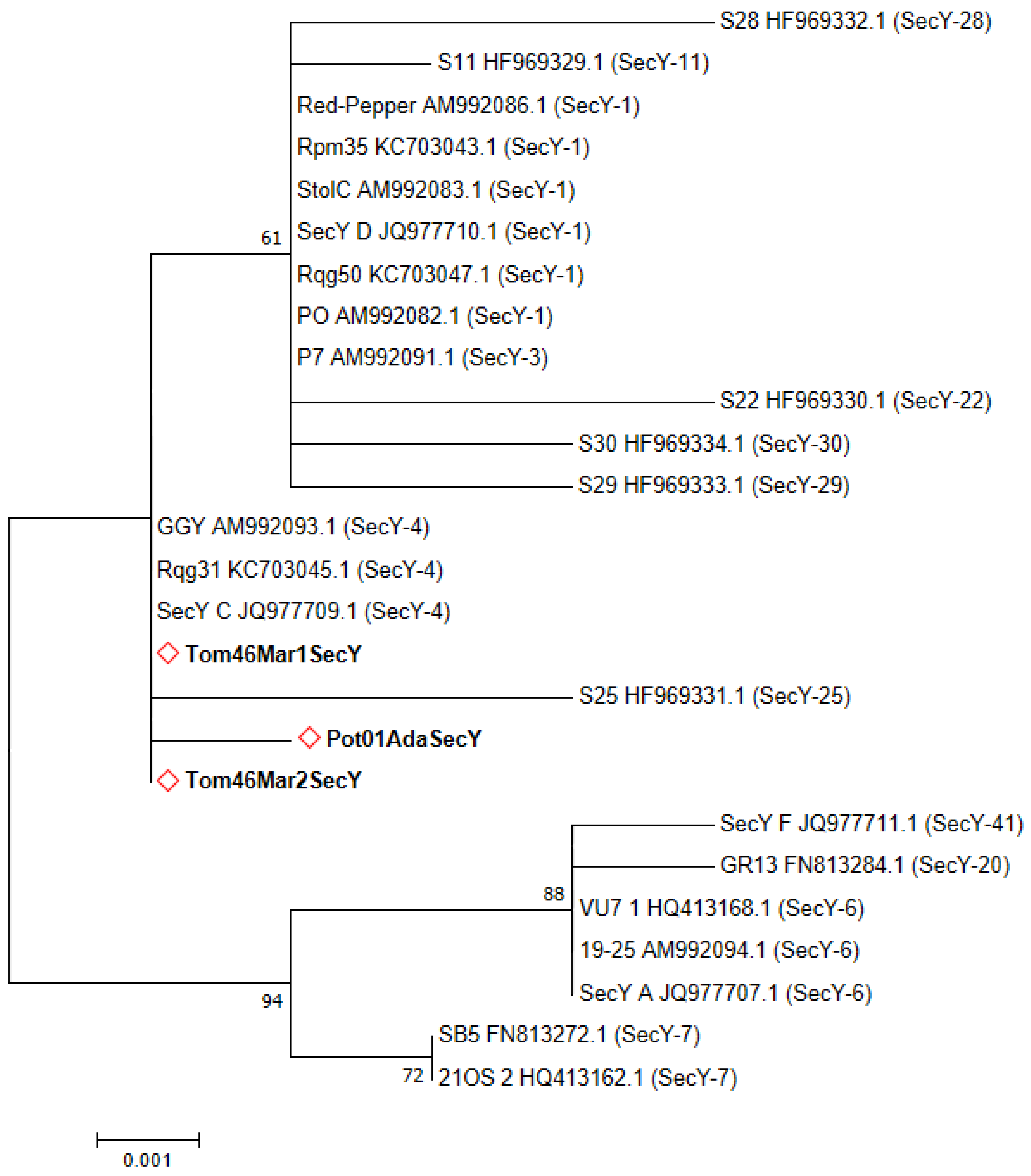
Pathogens, Free Full-Text
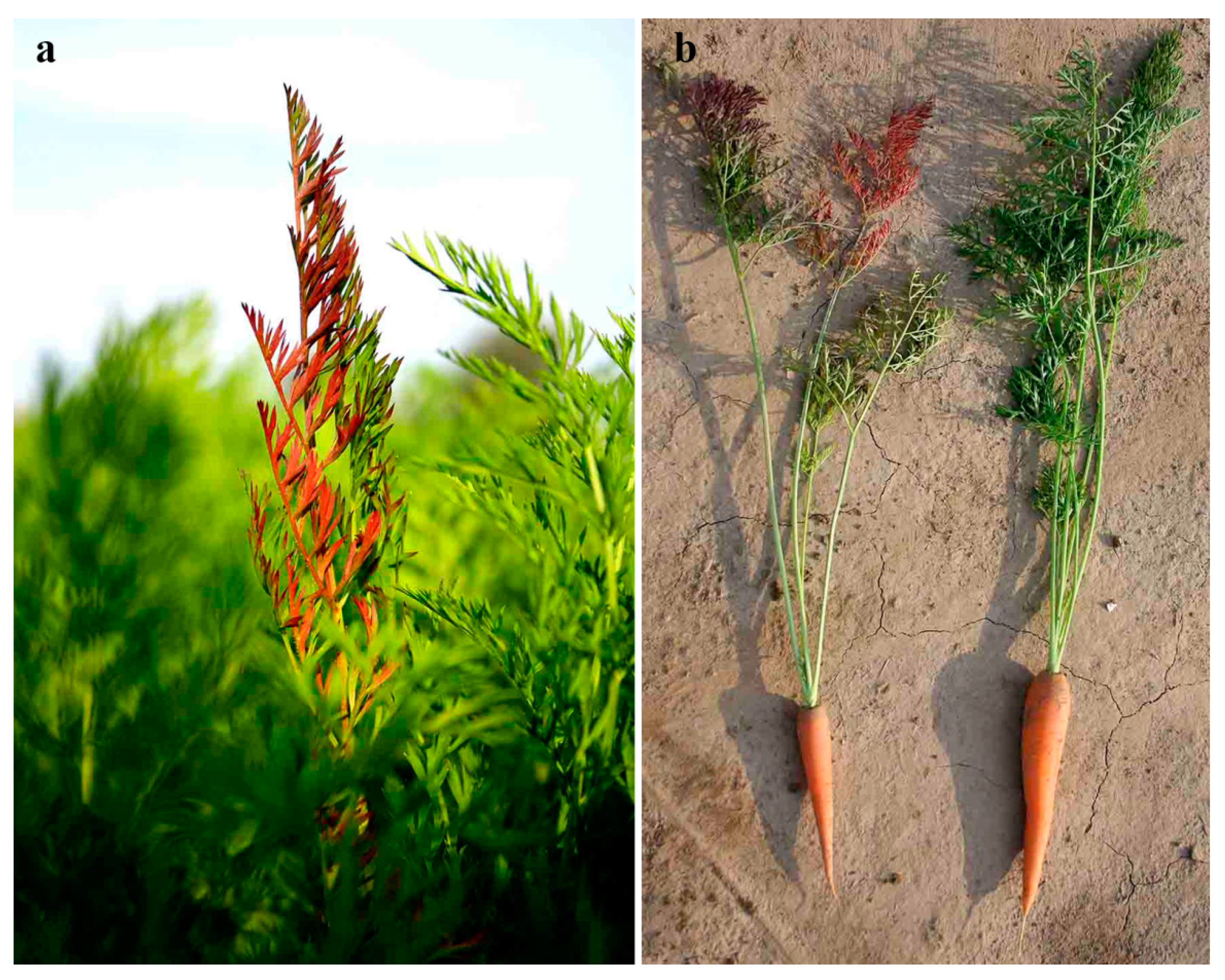
Plants, Free Full-Text

Effects of insecticides and repellents on the spread of 'Candidatus Phytoplasma solani' under laboratory and field conditions

PDF) Epidemiological Role of Dictyophara europaea (Hemiptera: Dictyopharidae) in the Transmission of 'Candidatus Phytoplasma solani
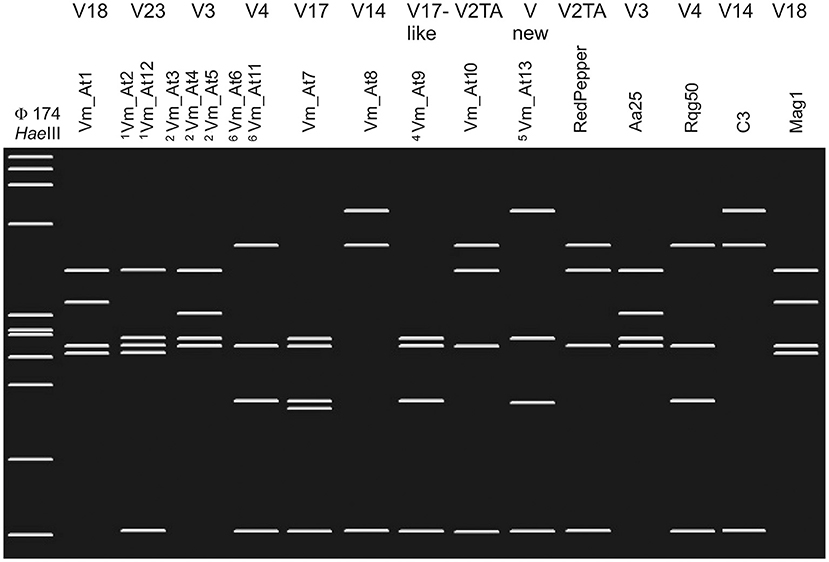
Frontiers Geographical and Temporal Diversity of 'Candidatus Phytoplasma solani' in Wine-Growing Regions in Slovenia and Austria
für dich empfohlen
 Genome‐wide transcriptional responses to water deficit during seed14 Jul 2023
Genome‐wide transcriptional responses to water deficit during seed14 Jul 2023 Consequences of light spectra for pigment composition and gene14 Jul 2023
Consequences of light spectra for pigment composition and gene14 Jul 2023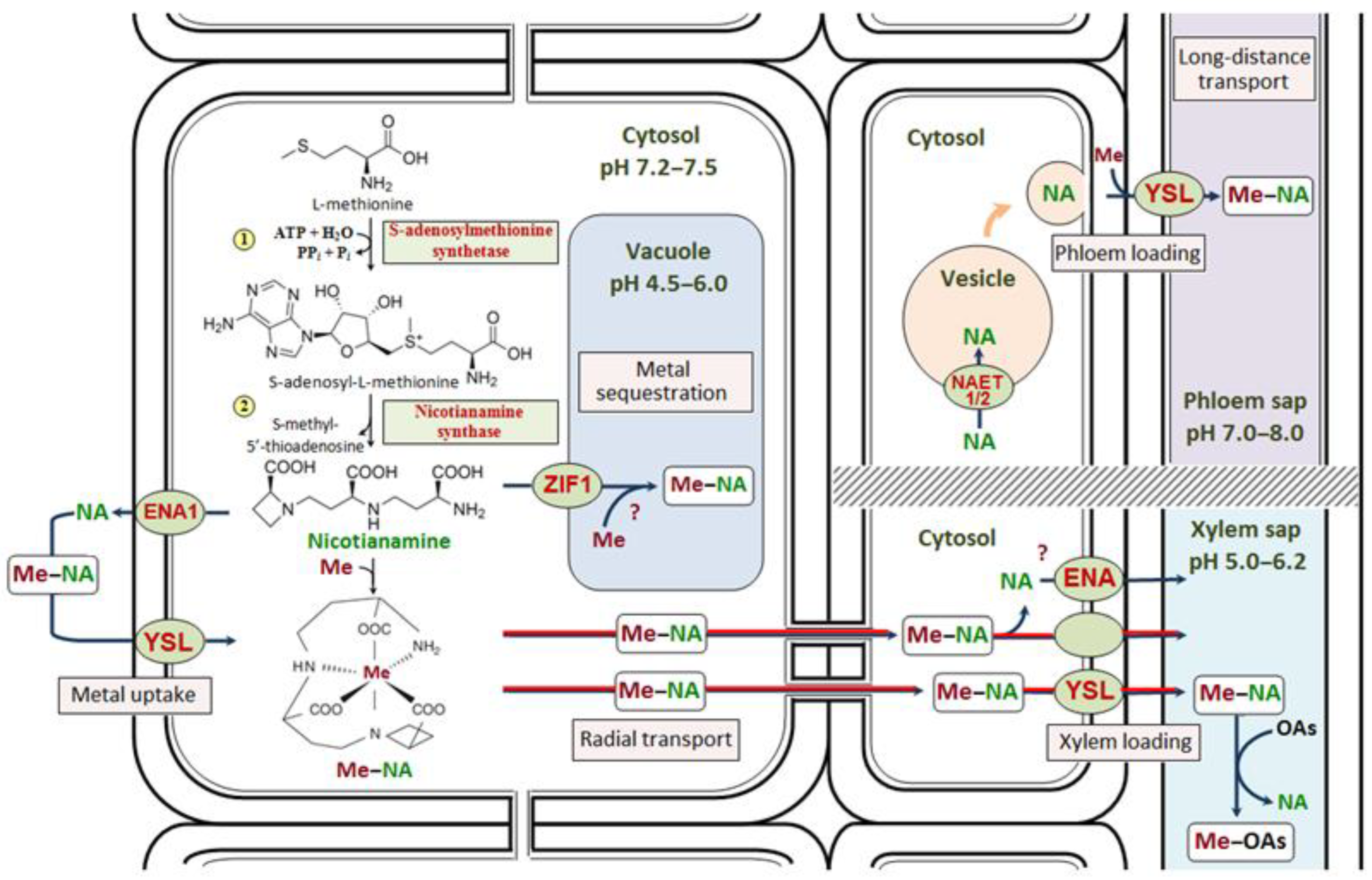 IJMS, Free Full-Text14 Jul 2023
IJMS, Free Full-Text14 Jul 2023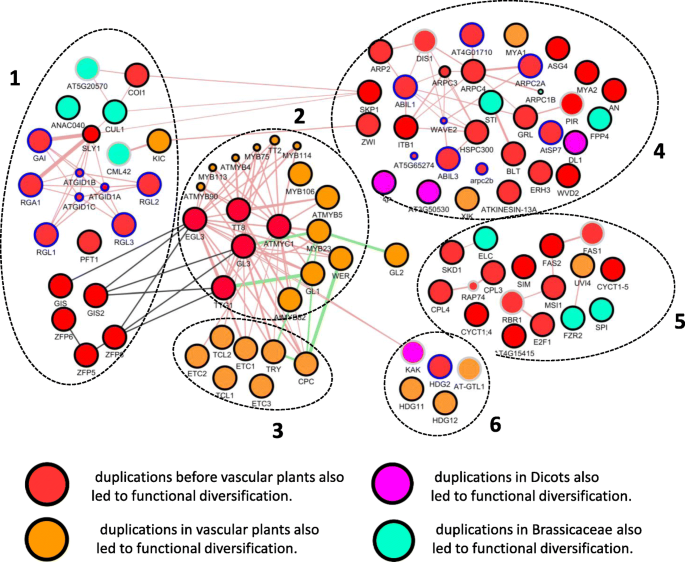 The evolution of gene regulatory networks controlling Arabidopsis14 Jul 2023
The evolution of gene regulatory networks controlling Arabidopsis14 Jul 2023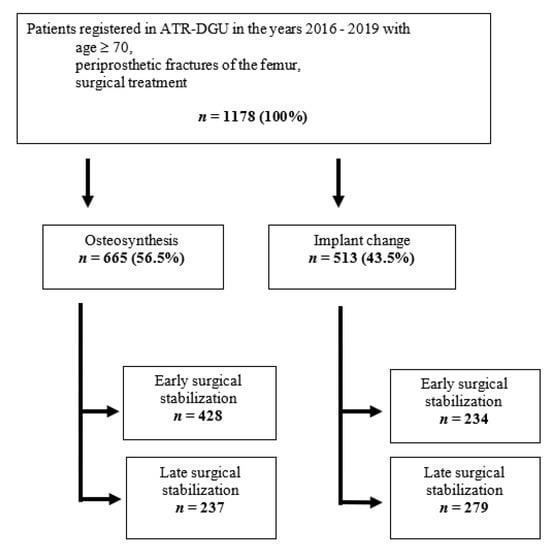 Medicina, Free Full-Text14 Jul 2023
Medicina, Free Full-Text14 Jul 2023 Kinamy LED Baum Lichter, LED Lichterbaum, Baum Licht Warmweiß14 Jul 2023
Kinamy LED Baum Lichter, LED Lichterbaum, Baum Licht Warmweiß14 Jul 2023 relaxdays LED Dekoobjekt LED Baum für innen14 Jul 2023
relaxdays LED Dekoobjekt LED Baum für innen14 Jul 2023 CLETRAELIANS, Shopify Store Listing14 Jul 2023
CLETRAELIANS, Shopify Store Listing14 Jul 2023 Der Verzauberte Feen Baum – Waagemann14 Jul 2023
Der Verzauberte Feen Baum – Waagemann14 Jul 2023 Germins and germin-like proteins: Plant do-all proteins. But what do they do exactly? - ScienceDirect14 Jul 2023
Germins and germin-like proteins: Plant do-all proteins. But what do they do exactly? - ScienceDirect14 Jul 2023
Sie können auch mögen
 Pendelachse Radlager - Seite 2 - Zitat: Original ge14 Jul 2023
Pendelachse Radlager - Seite 2 - Zitat: Original ge14 Jul 2023- Testing this vintage Leroy Lettering Set14 Jul 2023
 HELLA Horn CA26 - 12V - 115dB(A) - Frequenzbereich: 520/660Hz - Hochton - elektrisch-pneumatisch - Gehäusefarbe: schwarz - Menge: 1 - 3PB 013 410-09114 Jul 2023
HELLA Horn CA26 - 12V - 115dB(A) - Frequenzbereich: 520/660Hz - Hochton - elektrisch-pneumatisch - Gehäusefarbe: schwarz - Menge: 1 - 3PB 013 410-09114 Jul 2023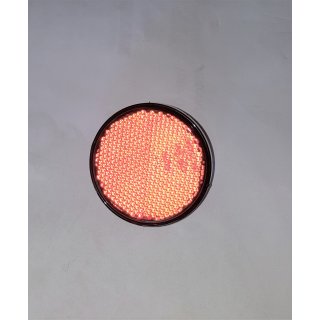 1 Set Klassischer Rückstrahler Rund 90 mm rot Schlepper Traktor, 214 Jul 2023
1 Set Klassischer Rückstrahler Rund 90 mm rot Schlepper Traktor, 214 Jul 2023 Allony Autoschmuck Hochzeit, Auto Deko Hochzeit, Traumhafter14 Jul 2023
Allony Autoschmuck Hochzeit, Auto Deko Hochzeit, Traumhafter14 Jul 2023 Mercedes keychain von Janeo Kostenloses STL-Modell herunterladen14 Jul 2023
Mercedes keychain von Janeo Kostenloses STL-Modell herunterladen14 Jul 2023 Rauchfrei im November - Österreichische Lungenunion14 Jul 2023
Rauchfrei im November - Österreichische Lungenunion14 Jul 2023 PKW Anhänger Kipper kaufen14 Jul 2023
PKW Anhänger Kipper kaufen14 Jul 2023 Autotürgriff Innen Moderne Luxuswagen Mit Schwarzem Leder Und Schalterbuttonsteuerelement Modernes Auto Interieurdetails Stockfoto und mehr Bilder von Abschied - iStock14 Jul 2023
Autotürgriff Innen Moderne Luxuswagen Mit Schwarzem Leder Und Schalterbuttonsteuerelement Modernes Auto Interieurdetails Stockfoto und mehr Bilder von Abschied - iStock14 Jul 2023 1 teiliges Mittelkonsolen Organizer Tablett Für (2019–2022) - Temu14 Jul 2023
1 teiliges Mittelkonsolen Organizer Tablett Für (2019–2022) - Temu14 Jul 2023
